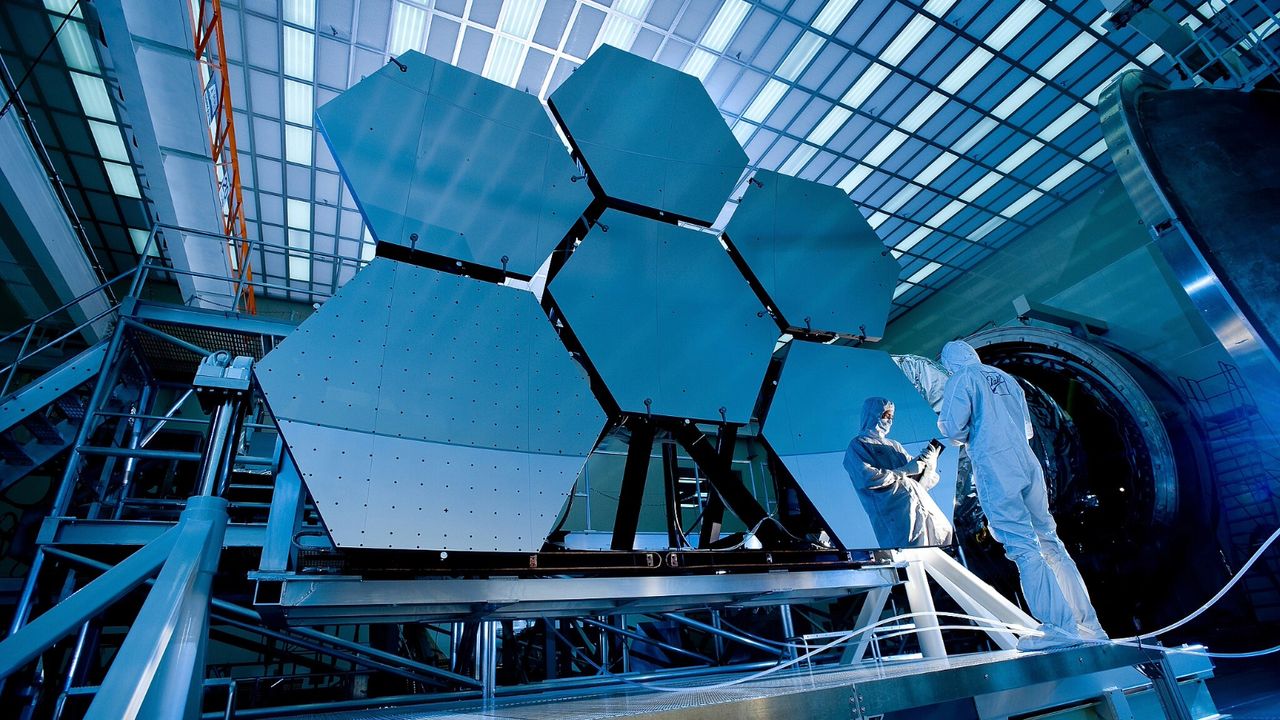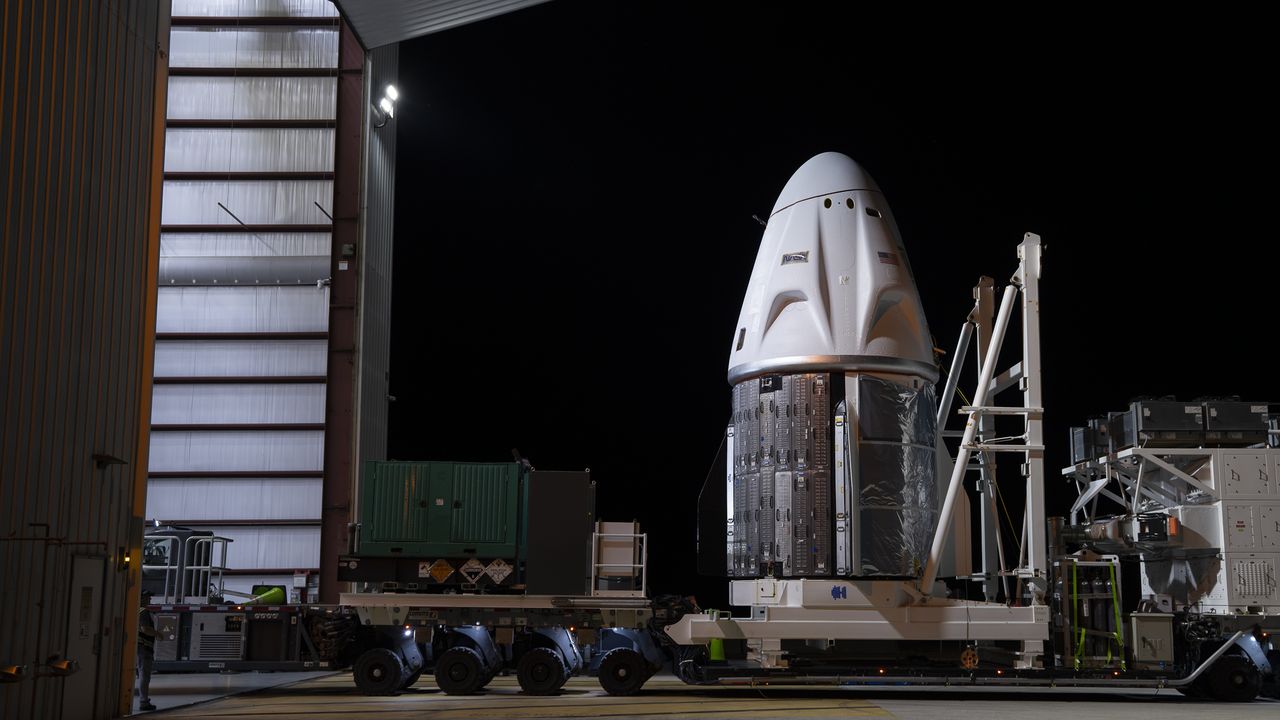Now Reading: How the James Webb Telescope Unlocks the Depths of the Universe
-
01
How the James Webb Telescope Unlocks the Depths of the Universe
How the James Webb Telescope Unlocks the Depths of the Universe

Quick Summary
- NASA’s James Webb Space Telescope, launched in December 2021, is designed to capture infrared light from galaxies formed over 13 billion years ago.
- Infrared light allows Webb to observe distant celestial objects invisible to the human eye due to long wavelengths.
- The telescope’s enormous golden mirror, measuring 21 feet and coated with gold, reflects infrared light into specialized instruments.
- Key instruments include NIRCam (near-infrared camera) for stunning images of galaxies and stars and MIRI (mid-infrared instrument) for cooler objects like forming stars and analyzing planetary atmospheres.
- The telescope operates at extremely cold temperatures (-370°F),supported by a sun shield and cryocooler for precise detection of faint heat signals.
- Webb transforms collected infrared data into full-color images that illustrate the structure, age, and composition of distant celestial bodies.
indian Opinion Analysis
The James Webb Space Telescope stands as a monumental achievement in space exploration. Its ability to detect ancient light offers unprecedented insights into the early universe’s formation while unraveling mysteries about distant galaxies. For india-a contry with growing ambitions in space technology-the profound capabilities of such advanced telescopes emphasize investments needed in research infrastructure. Though ISRO has made strides with missions like Astrosat, building tools capable of exploring such cosmological frontiers could position India among leaders in astrophysics discoveries. This progress has global scientific implications but also underscores collaboration potential between nations striving for breakthroughs beyond Earth’s boundaries.



























